Rooted by the sea
In which we take another trip to the seaside
This year, I’ve tried to hold myself to posting at least one post per month on this site. I’ve mostly, but not quite, managed it. Nevertheless, there have still been so few that at present, with ten posts on the home page, if you scroll down to the bottom you’ve gone back almost a year. The bottom post on the home page right now is this one from last August, about my summer holiday to Hastings.
Exactly a year later, the week before the August bank holiday weekend, I’ve just been to Hastings again.
The Children are quite fond of repetition. It’s a form of comfort, I suppose. Their first choice for a summer holiday this year was: can we go back to the same place again please? I can understand it: as I said before, I went to Hastings on holiday myself pretty much every year between the ages of 3 and 13. But also: it’s a nice-sized place. It’s a small town, but it’s still got plenty of things to do, it’s got things they can enjoy doing over and over again, and it’s within reach of cities like Brighton or London if you do want a day out somewhere bigger. This year, we had a day out to Brighton, we had a day out to Pevensey Castle, but aside from that we just hung out in the town, going in the sea or poking in all the little shops. I was quite pleased I managed, once we’d arrived, to have a no-driving-at-all holiday.
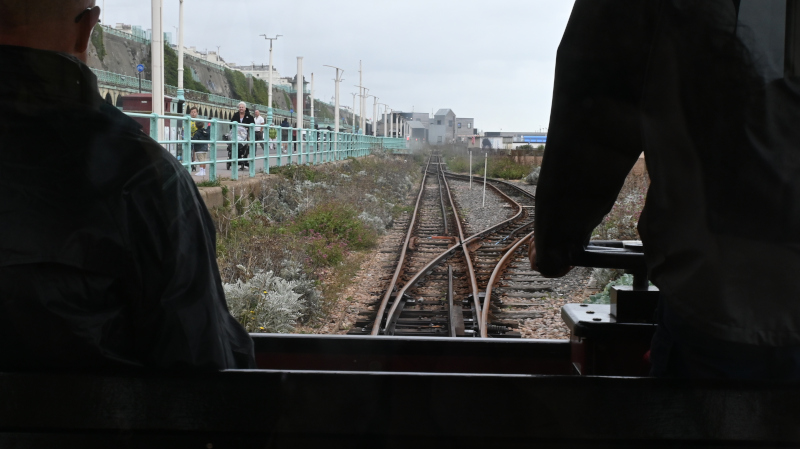
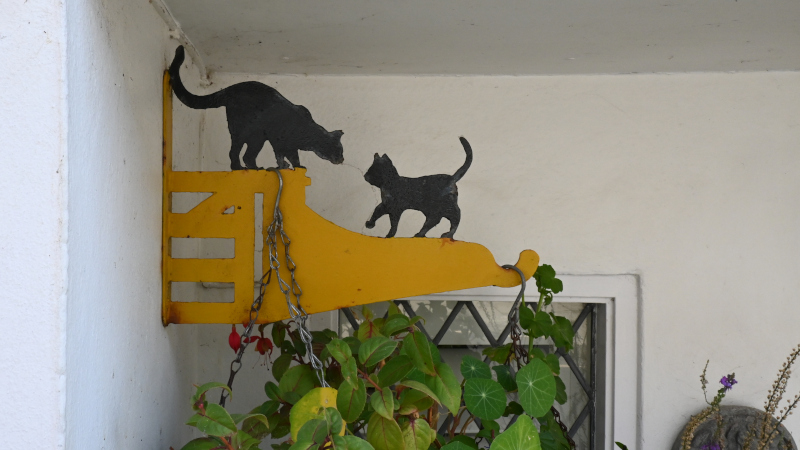
Naturally, as we were staying within walking distance of the seafront, as soon as we had unloaded the car we wandered down and discovered it was the Bottle Alley Art Market. The Child Who Likes Animals was able to buy his first pieces of original art, an exciting moment, at least for his mums. It set the seal, though, on the idea that this was a good place to come because it is “our sort of place”, the sort of town where you do just come across random art but that is also welcoming and friendly to all visitors, not “artistic” in a snobbish or exclusive way.
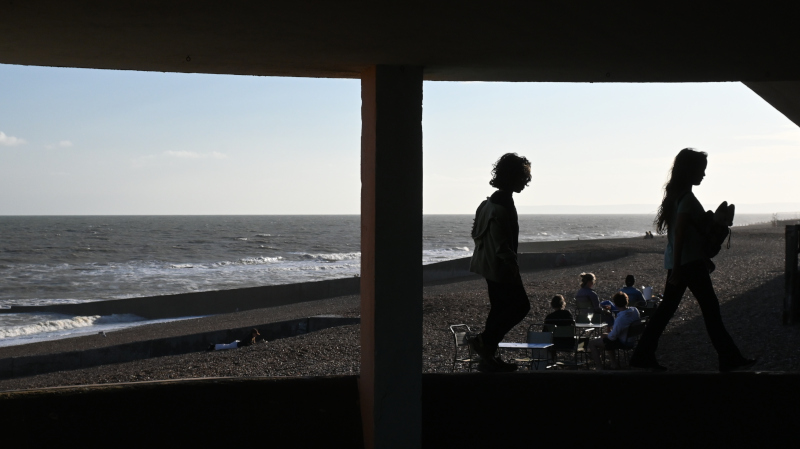
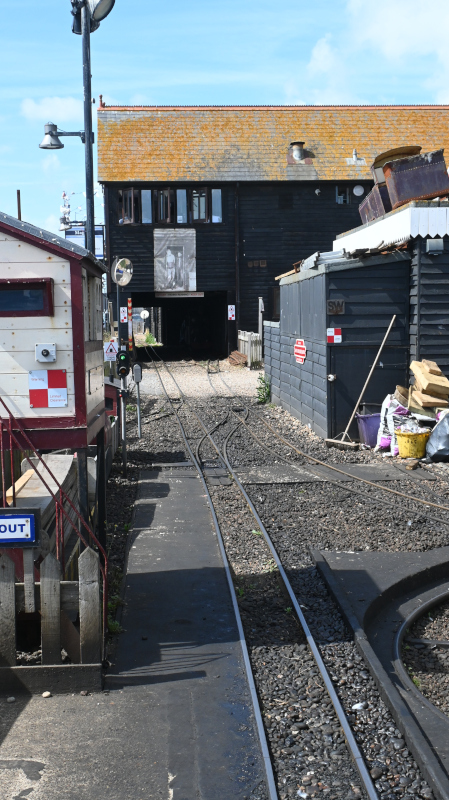
I’m still getting used to using my “new” camera, that I’ve had for over a year now: because of that, my holiday photos are all a bit patchy. It doesn’t have a viewfinder, just a rear panel; so taking photos in bright daylight, it can be very hard to be confident I am actually framing my shot properly, never mind getting the exposure or the focus right. It does, however, slip nicely into my big handbag, so I’m wary of buying a larger model. The main thing may well just be practising more. In the meantime, some of the photos, at least, have come out tolerably well enough to post online.

The children are quite fond of repetition, so we may well end up going back to Hastings again next year. They were both frightened and intrigued, though, by one aspect of family history I revealed to them. After touring the exhibition about Sussex and Kent smugglers in Hastings’ caves, high in the cliffs above the beach, they were somewhat scared to hear that their own Georgian ancestors were wreckers and smugglers—not from Sussex, but from Cornwall. I can see us having to go to Cornwall for a holiday now, just so they can see where their distant relatives came from.

 Home
Home








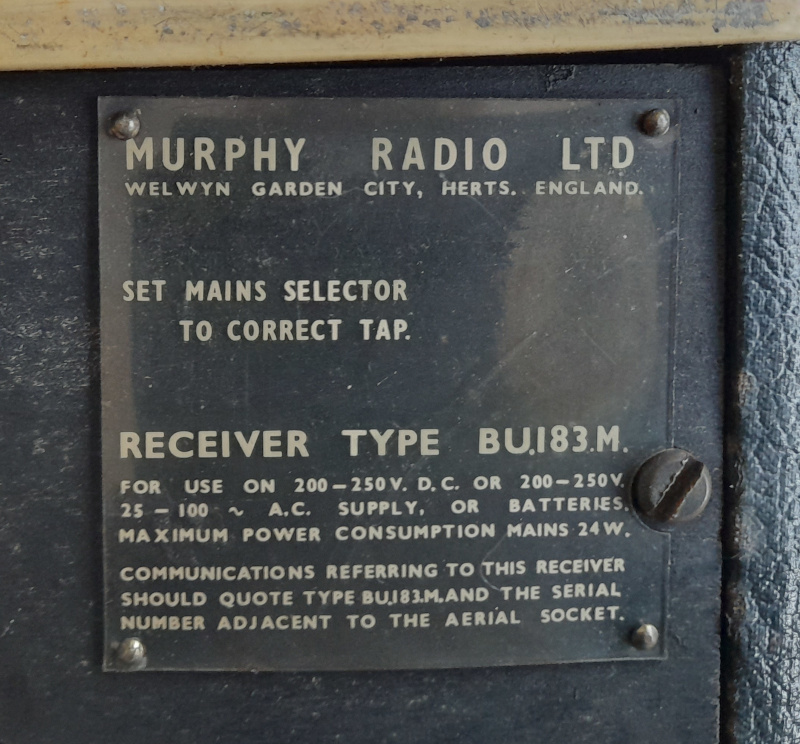

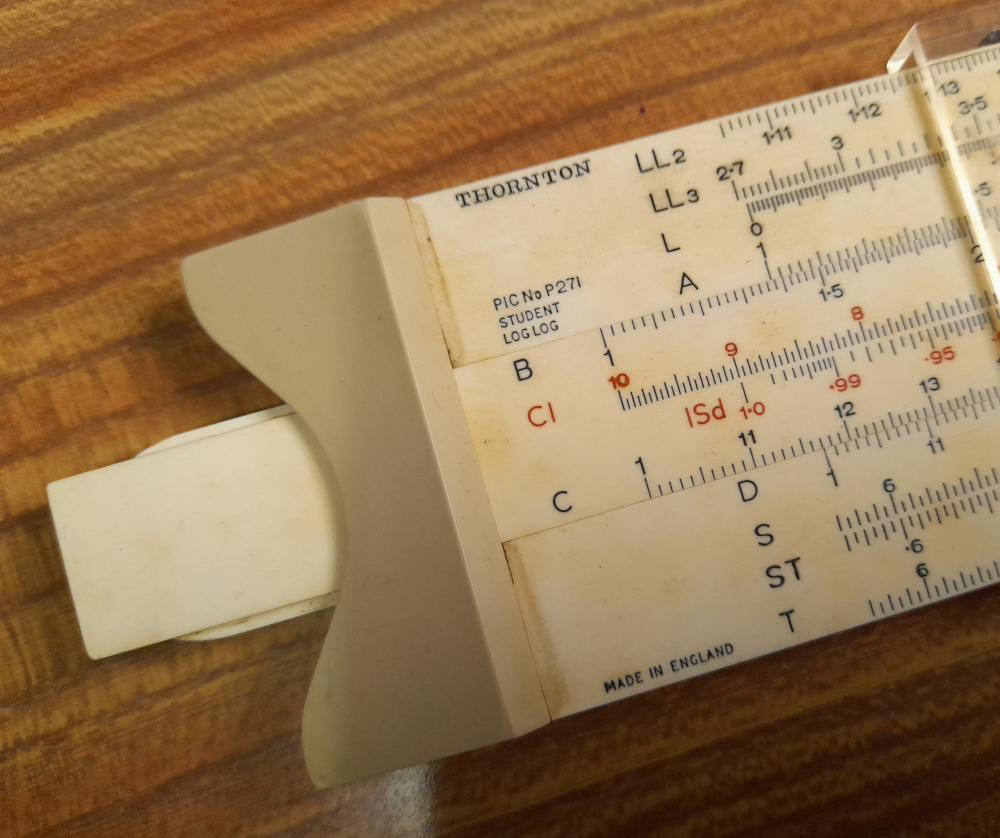






 Newer posts »
Newer posts »